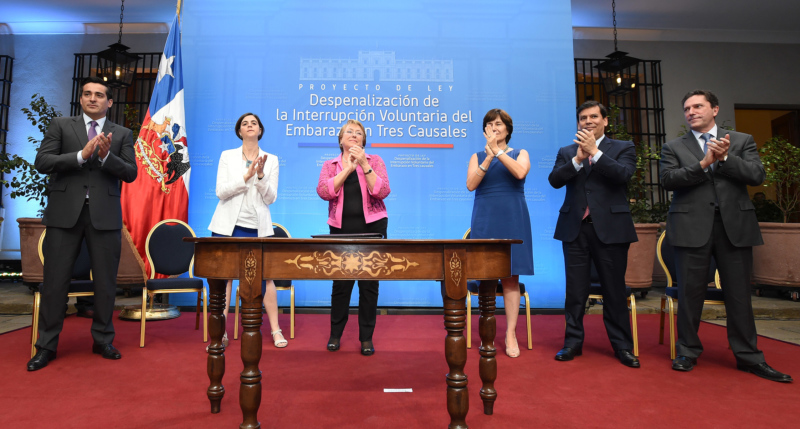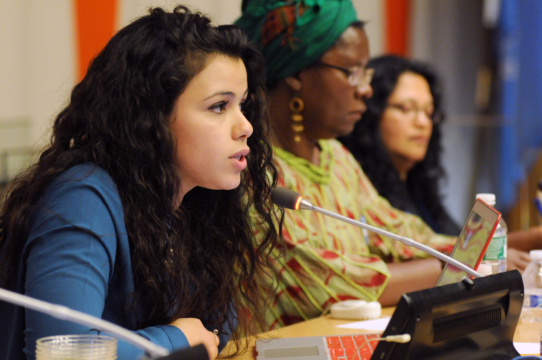What Roles are Women Playing in Mexico’s Drug War?
What roles are women playing in Mexico’s brutal drug trafficking war?
In April 2015, a 10-year-old Paraguayan girl was taken to the hospital after complaining of a stomachache. She was found to be 22 weeks pregnant. Authorities said she had been raped by her stepfather. The girl’s mother requested an abortion, but the hospital refused on the grounds that it was against the law.
In Paraguay, abortion is legal when deemed necessary to save a woman’s life. But in the case of the 10-year-old girl, appeals to the country’s health ministry and justice department were denied because there was “no indication” that her health was at risk.
Unfortunately, she is not an isolated case—Amnesty International estimates that 680 Paraguayan girls between the ages of 10 and 14 gave birth in 2014, many of them the victims of domestic abuse. As this year’s Social Inclusion Index indicates, Latin America persists in maintaining some of the world’s most restrictive anti-abortion laws. While 13 of the 17 countries examined in the Index allow for the termination of pregnancy in some circumstances, as of 2008 over 95 percent of abortions in the region still took place in unsafe surroundings.
The case in Paraguay is only one among thousands that often have dire consequences for the region’s women and girls. While the overall landscape for reproductive rights showed relatively little change in 2014, there is evidence of glacier-like movement toward easing restrictions on abortion.
This shift can be partly attributed to greater numbers of women in political office and senior positions in government agencies, as well as to increasingly sophisticated campaigns for women’s reproductive rights (aided by social media and some deep pocketed supporters) at the local, national and transnational levels.
Americas Quarterly's Social Inclusion Index scores 17 countries in the Western Hemisphere according to 22 variables, including women's rights. Data compiled by the authors on maternal mortality rates, reproductive rights, women in political power, laws criminalizing violence against women, and tax provisions for childcare formed the basis of AQ's assessment of this variable. Click here to view the complete results of the 2015 Social Inclusion Index.
What roles are women playing in Mexico’s brutal drug trafficking war?
How are women faring in Latin America? Where has progress been made and how has that been achieved?
Would this be a more compassionate, more peaceful planet if more of it were ruled by women?
 Government of Chile
Government of Chile

